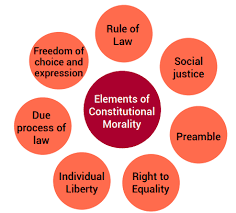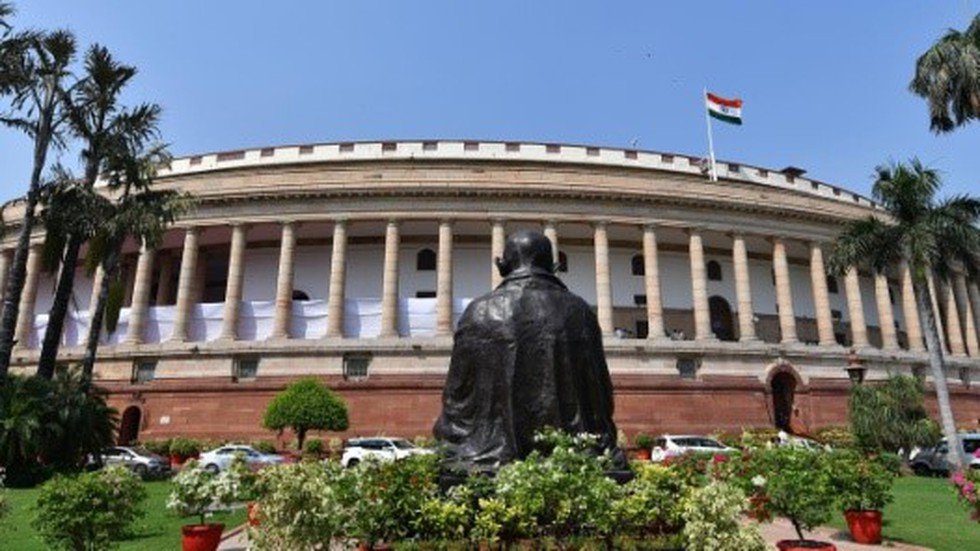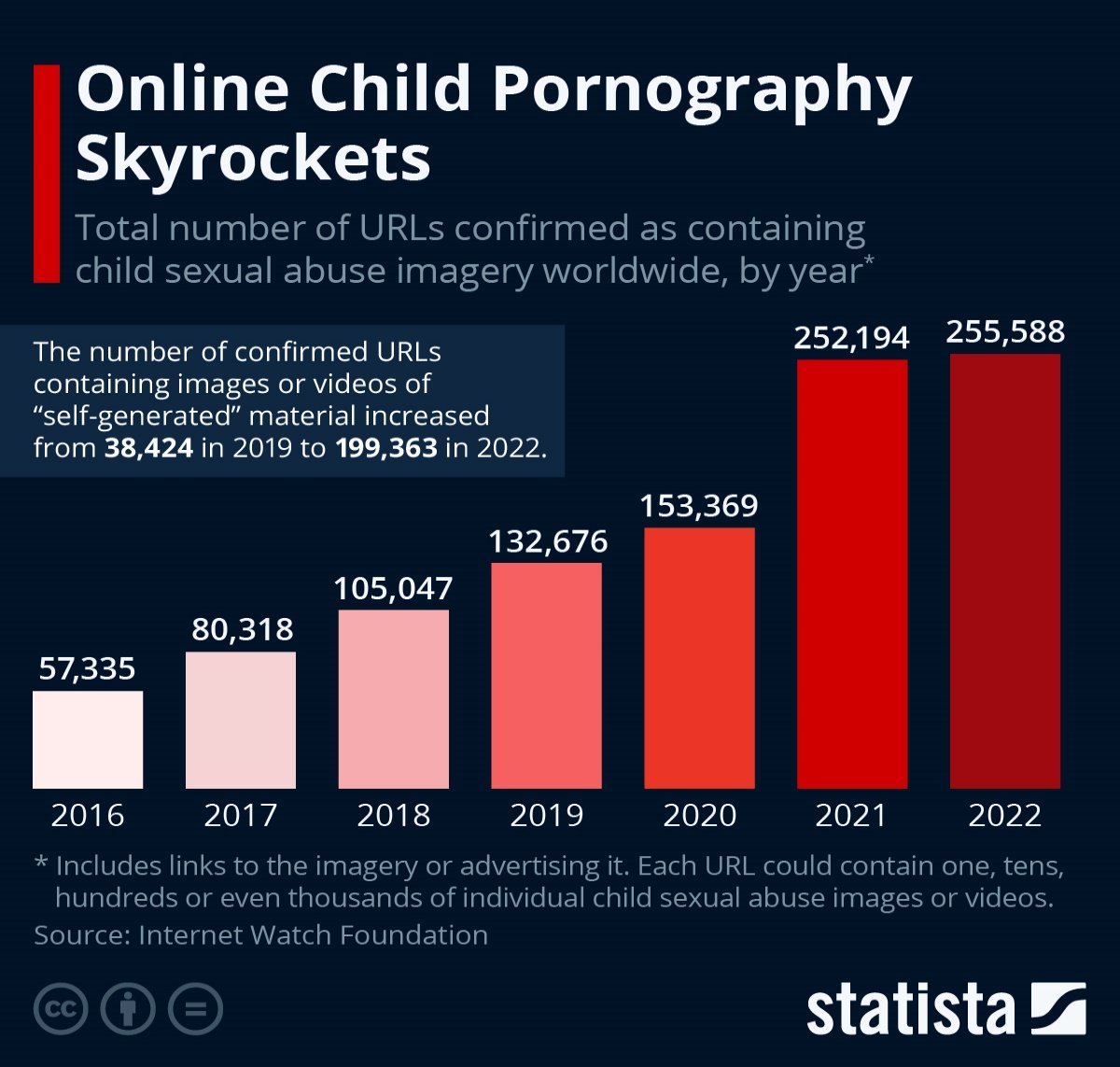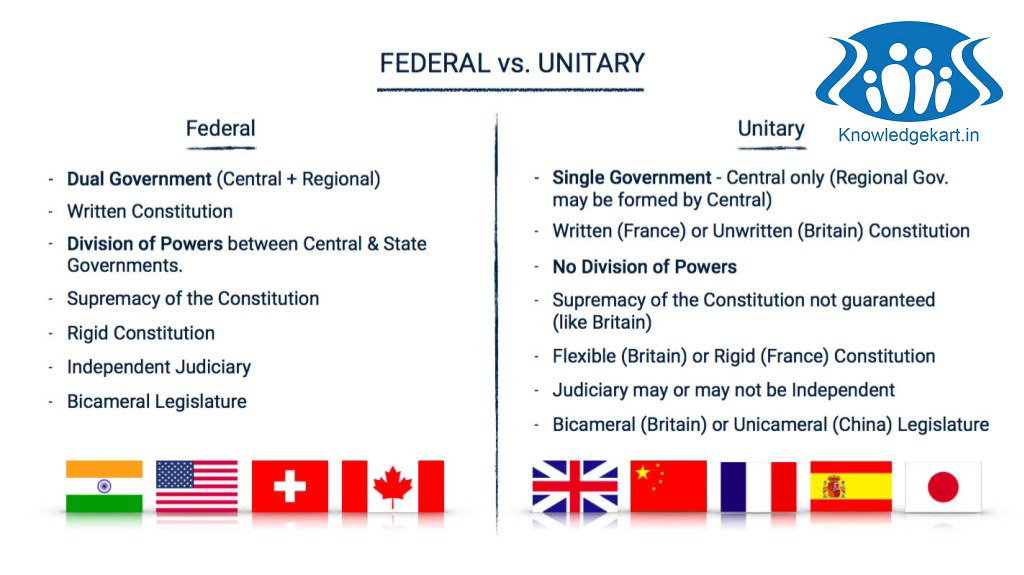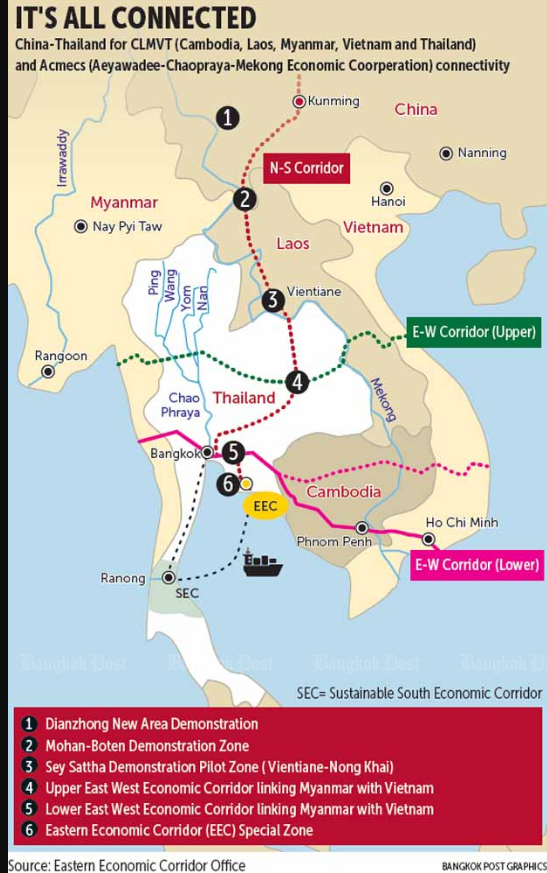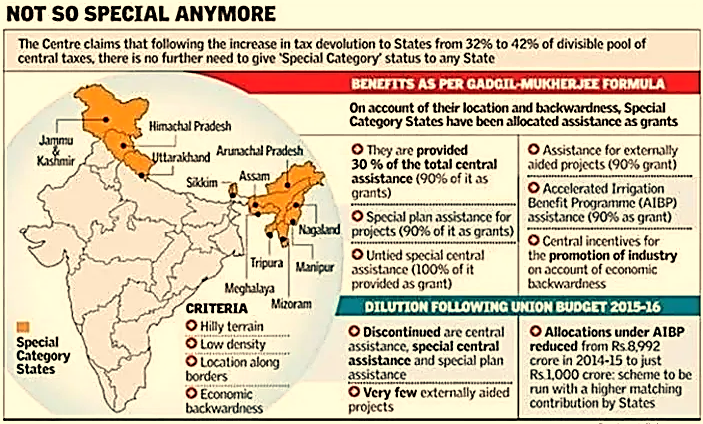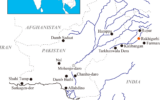
Female participation in schools
Subscribers of "Current Affairs" course can Download Daily Current Affairs in PDF/DOC
Subscribe to Never Miss an Important Update! Assured Discounts on New Products!
Must Join PMF IAS Telegram Channel & PMF IAS History Telegram Channel
- Context (DTE): NGO Child Rights and You (CRY) has launched a nationwide campaign, “Poori Padhai Desh Ki Bhalai”, to increase the participation of the girl child in Indian schools.
Status of female education in India
- 2011 census data: Male literacy rate stood at 82.14%, whereas for females, it was lower at 65.46%.
- Estimates indicate that in rural India, only one out of every 100 girls reach class 12, and 40% of girls drop out before completing the fifth standard.
- Over the last decade, rural women have shown the highest increase in literacy rates, with a rise of 26%.
- Female gross enrolment ratio at the elementary level is 94.32%, slightly higher than 89.28% for boys.
- Similarly, at the secondary level, girls have an enrolment ratio of 81.32%, compared to 78% for boys, and at the higher secondary level, girls achieve a ratio of 59.7% versus 57.54% for boys.
- According to the “World Employment and Social Outlook Trends for Women 2018 report, more women today are educated and actively participating in the labour market than ever before.
Challenges faced by females in accessing education
- The disparity persists despite the rapid increase in female enrolment since the 1990s.
- High dropout rates and lower attendance among girls compared to boys.
- Within government schools, issues such as overcrowded classrooms, teacher absenteeism, lack of sanitation facilities, including girls’ toilets, and overall poor infrastructure remain common concerns.
- Social norms and customs, such as early marriages and restrictions on girls’ mobility outside their homes and villages, contribute to lower female attendance and dropout rates.
- Health issues, including frequent illnesses due to inadequate nutrition and unsanitary living conditions, also affect girls’ attendance and educational outcomes.
- Economic constraints and traditional gender roles often lead families to prioritise boys’ education over girls’, as girls are perceived to be less employable.
- Patriarchal attitudes and societal perceptions contribute to the marginalisation of women in social, political, and economic spheres, limiting their opportunities and voice in development discussions.
- Concerns over violence against women and security issues further contribute to barriers to girls’ education, affecting their ability to attend school regularly and safely.
Government schemes for uplifting female education
- Beti Bachao Beti Padhao (BBBP) Scheme: Launched in 2015, this scheme focuses on improving the declining child sex ratio and ensuring the education and empowerment of girls.
- Sarva Shiksha Abhiyan (SSA): Although not exclusively for girls, SSA aims to provide universal elementary education. It includes interventions to improve girls’ access to and quality of education.
- Support to Training and Employment Program for Women (STEP): Ministry of Women and Child Development initiative to provide skills training and employment opportunities to women.
- National Scheme of Incentives to Girls for Secondary Education (NSIGSE): This scheme provides financial incentives to encourage girls from poor backgrounds to complete secondary education.
- Udaan Scheme: CBSE initiative to promote girls’ education by providing support for their entry into technical education programs (such as engineering) through coaching and financial assistance.







![PMF IAS Environment for UPSC 2022-23 [paperback] PMF IAS [Nov 30, 2021]…](https://pmfias.b-cdn.net/wp-content/uploads/2024/04/pmfiasenvironmentforupsc2022-23paperbackpmfiasnov302021.jpg)
